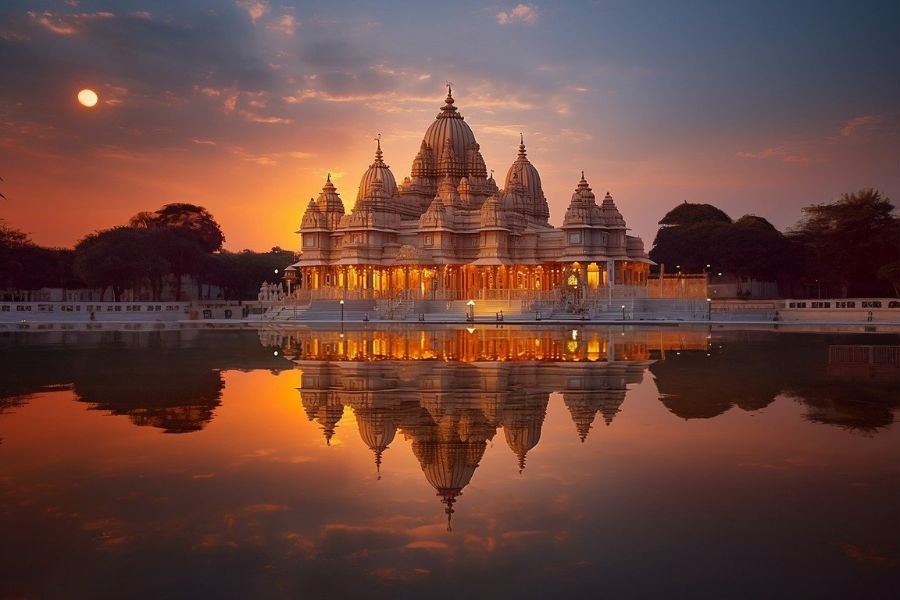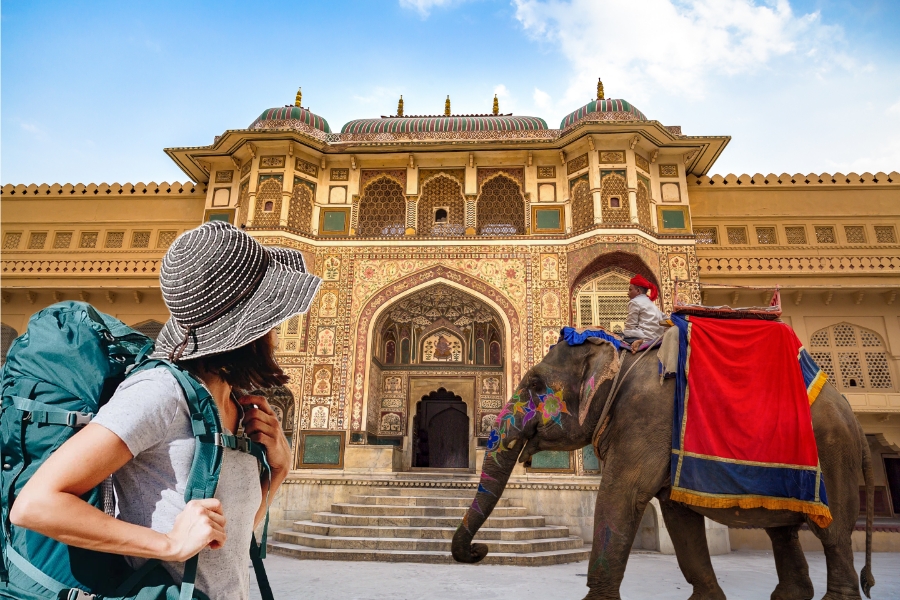Medical tourism: India’s quest for exclusivity
• The Indian healthcare sector has expanded rapidly over the last decade, propelled by technology and innovation, public-private partnerships, wider coverage and better infrastructure
• The Indian MVT market was valued at US$ 3.9 billion in 2016 and is projected to reach US$ 8 billion by 2020. By 2023, India will account for 6% of the global MVT market share.
• The sector still faces numerous issues, including access to quality hospitals, hygiene perception, stringent medical visa regulations, following up treatments, lack of amenities for medical tourists at the airport (ambulance service at the airport, language interpreter), infrastructure issues, etc
• India should look to build a national brand that packages both health and wellness services, step up on international accreditation and adopt a product-market oriented approach to selling medical services.

The healthcare sector is one of the fastest-growing sectors in the Indian economy. Comprising of hospitals, medical tourism, clinical trials medical devices, outsourcing, medical equipment, telemedicine and health insurance, the Indian healthcare sector has expanded rapidly over the last decade, propelled by technology and innovation, public-private partnerships, wider coverage and better infrastructure.
The healthcare industry became the fourth largest employer in India in 2017 by employing a total of 319,780 people. Almost 75-80% of hospitals in India are presently being managed by the private sector. It is expected to reach a size of US$ 280 billion by 2020 with a CAGR of 12%. Growing incidence of lifestyle diseases, technological advancements, increase in demand for affordable healthcare services, rapid health insurance penetration, the emergence of telemedicine and government incentives are driving the Indian healthcare market.
Within this sector, the Medical Value Travel (MVT) segment, which grew at a CAGR of 20% (US$ 9 billion) between 2012- 2018, shows immense potential. It is projected that by 2023, India will account for 6% of the global MVT market share. In recent years, India has been regarded as one of the most popular destinations for medical value travel, because of high-quality healthcare service delivery, proximity to major countries and low cost .
One of the key factors contributing to rising medical tourism in India is the presence of a well-educated, English-speaking medical staff in diagnostic and other health services. The global MVT market is expected to reach US$ 163 billion in 2023 from US$ 61 billion in 2016 at a CAGR of 15%. While the Indian MVT market was valued at US$ 3.9 billion in 2016 and is projected to reach US$ 8 billion by 2020. As figure 1 shows, the total number of medical tourists arriving in India has increased in recent years. Overall, the number of medical tourists increased by more than double between 2015 and 2017.
Figure 1: Medical tourist arrivals in India
Developed regions like UK, USA, Singapore and Malaysia are the major MVT hubs across the globe while regions like China, Russia and Latin America are also emerging. In India, the majority of inbound MVT is accounted for by African countries like South Africa, Kenya and Nigeria and primarily by SAARC countries like Maldives, Bangladesh and Afghanistan. However, there has been a spurt in the number of medical tourists from regions like Myanmar, Russia and key CIS countries in recent years in India. Max Healthcare in 2018 treated around 50,000 foreign patients, travelling majorly from Africa, Central Asia and Middle East.
The major medical treatments for which people travel across international borders include cosmetic surgery, dental care, fertility treatment and elective surgery. In India, medical tourists come for various medical services which include cardiac surgery, cancer treatments, dental care and transplants.
There is huge potential for India in Medical Value Travel sector given the current state of the market. Consequently, by increasing its share in MVT, India can drive its export growth of the service sector. India accounts for the highest number of doctors and paramedics in South Asia. So there is immense capability and competency in the adoption of newer technologies along with fresh treatment methods and innovation. Moreover, on a global level as the table shows, India offers relatively more economical medical treatment vis-à-vis developed countries as well as other Asian peers. This cost advantage can help India in attracting a greater number of medical tourists in the coming years.
Cost arbitrage vis-à-vis developed countries & other Asian peers
| Treatment | US* | UK* | Thailand* | Singapore* | India* |
| Heart surgery | 1,00,000 | 40,000 | 14,000 | 15,000 | 5,000 |
| Bone marrow transplant | 2,50,000 | 2,90,000 | 62,000 | 1,50,000 | 30,000 |
| Liver transplant | 3,00,000 | 2,00,000 | 75,000 | 1,40,000 | 45,000 |
| Knee replacement | 48,000 | 50,000 | 8,000 | 25,000 | 6,000 |
Source: ICICI Securities, figures in US$
India even enjoys high credibility in prevention and wellness and Alternative Medicine. Traditional practices such as Ayurvedic, Yoga and Naturopathy, Unani, Siddha and Homeopathy are also being promoted to increase the number of medical tourists in India. With the right policy measures, India has potential to capture a greater number of medical tourists from the South Asian region (Bhutan, Bangladesh, Nepal, Pakistan etc), who may otherwise travel to Singapore/Thailand for their treatments and become a South Asia hub for MVT.
India can leverage much higher gains from its medical tourism sector if it focuses on adequate value creation and also on the opportunities for diversification in services. There are still issues around accessing good quality hospitals, hygiene perception, stringent medical visa regulations, following up treatments, lack of amenities for medical tourists at the airport (ambulance service at the airport, language interpreter), infrastructure issues, etc. Accreditation is also a major source of competitive advantage. India, however, has just 34 hospitals accredited by Joint Commission International (JCI), compared to 214 for UAE, 102 for China and 66 for Thailand.
India also has considerable scope as a provider of alternative treatments like AYUSH to international travellers. Prof Arpita Mukherjee from ICRIER feels that India is not yet capitalising on its potential as a provider of traditional healthcare products and services as well as healthtech. She opines, “India needs to map the goods and services it can offer by markets. It needs to target developing countries such as those in Africa. There is need for studies to identify how India can diversify its export basket by country and sub-sectors.” A brand needs to be created at a national level for Indian healthcare, which also promotes holistic wellness packages along with healthcare services.













You think with linen as packaging material for sterile articles and rampant misuse of antibiotic, any person from developed nation ever come to India for medical treatment ? Ha!
Search and compare the medical tourism surgical and treatment packages provided by various hospitals in India through https://www.meddco.com/